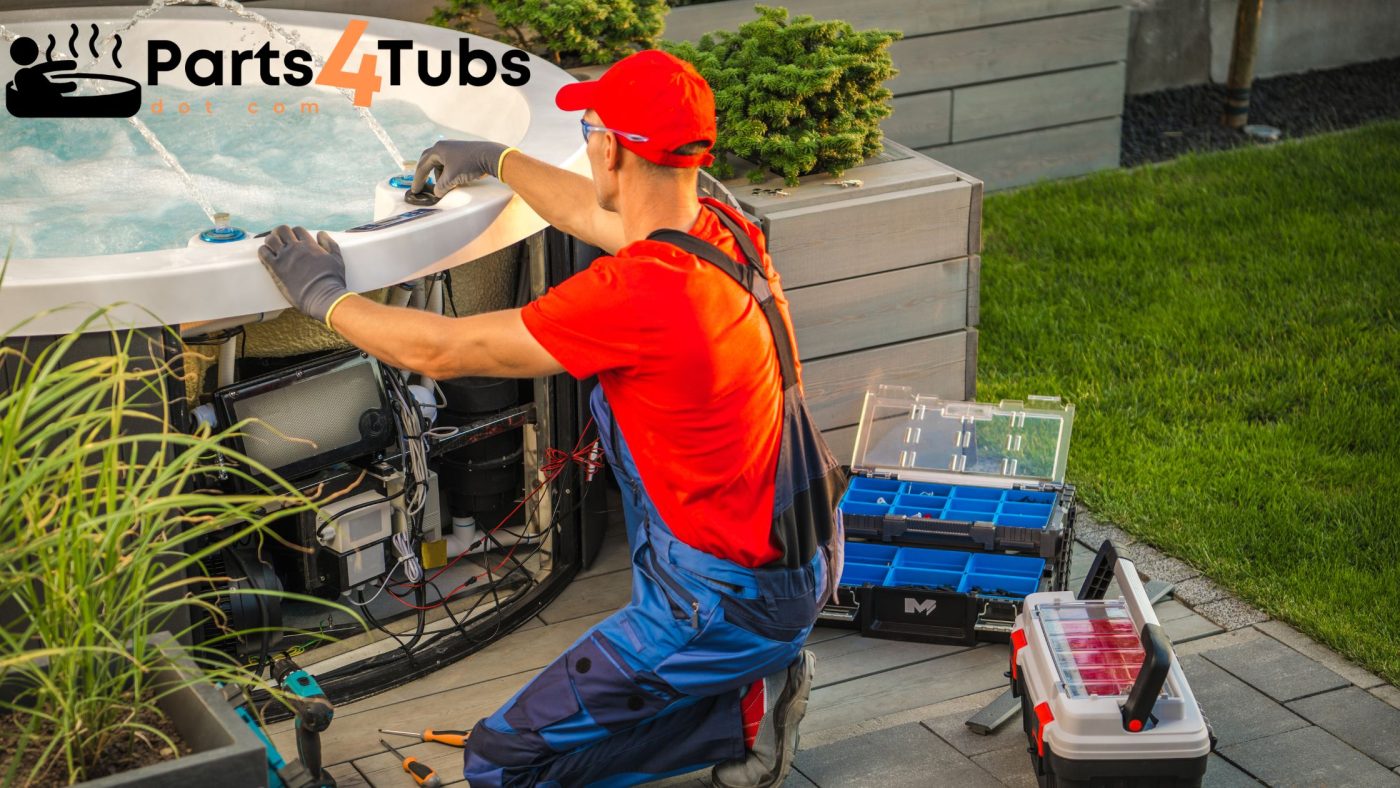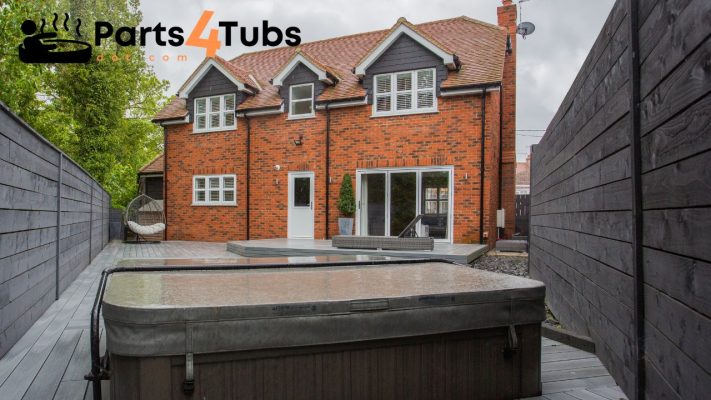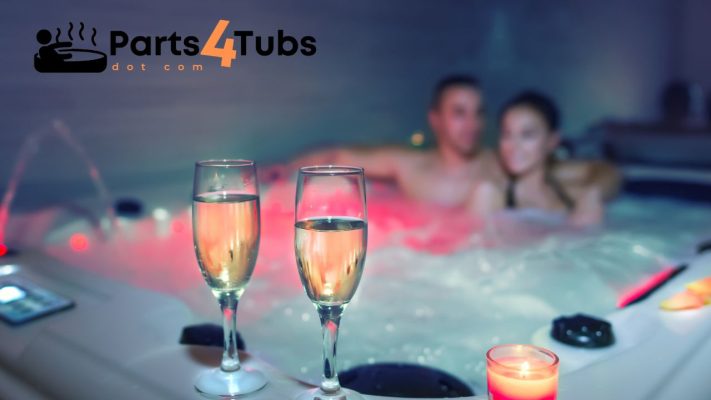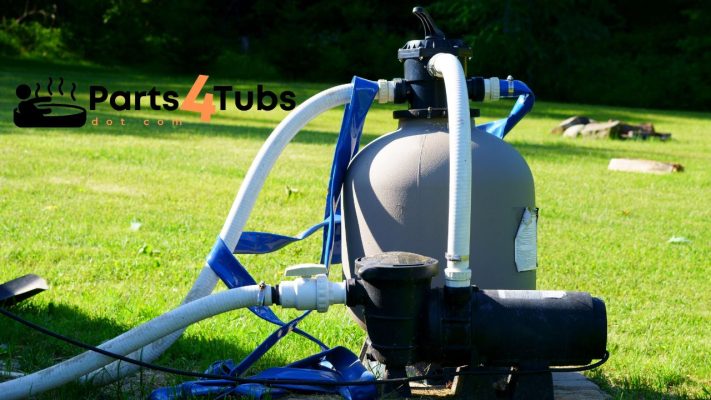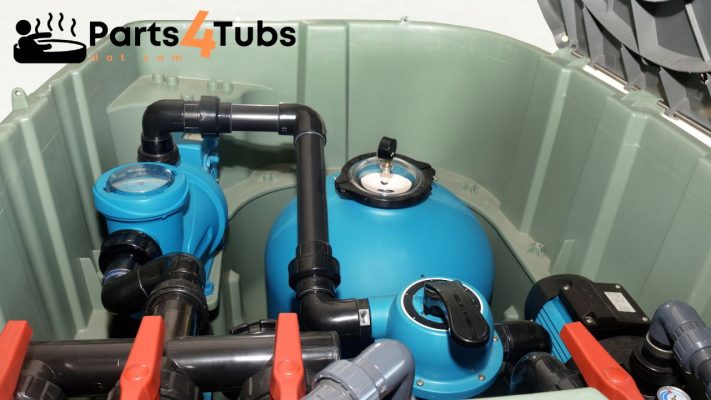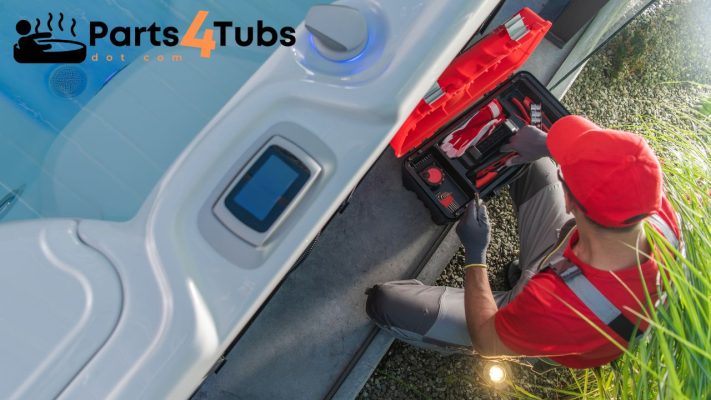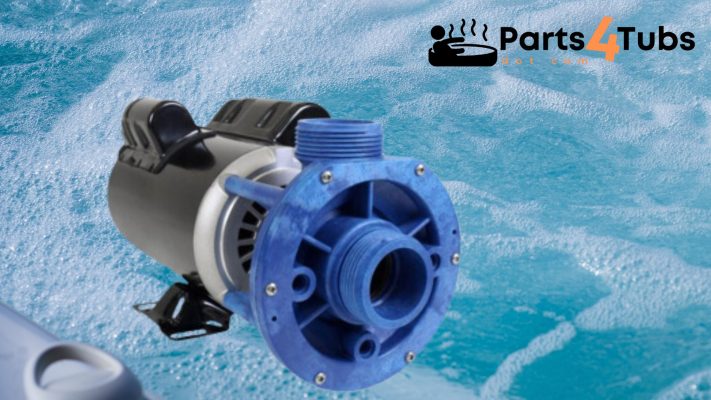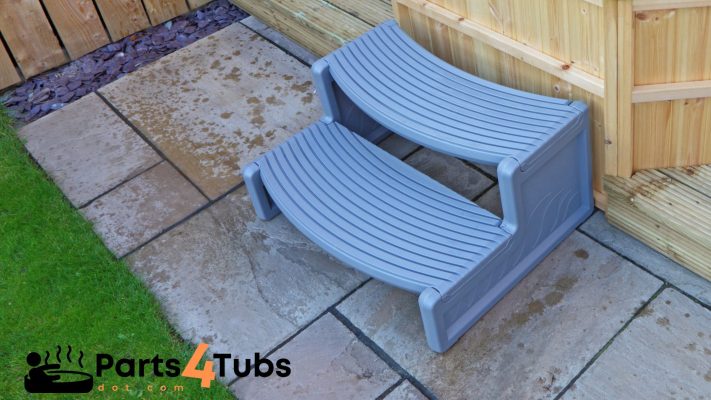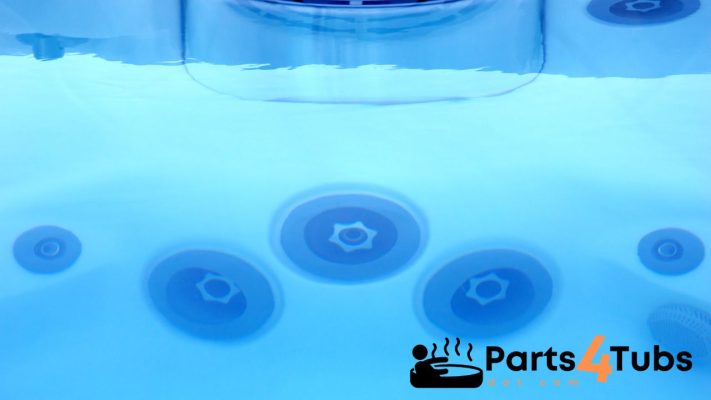Hot Tub Parts Related
Spa Plumbing Parts: A Comprehensive Guide
Spa plumbing parts – what are they all about?
As a passionate spa enthusiast and the founder of Parts4Tubs.com, a trusted supplier of spa parts, I’ve gained valuable expertise in spa design and all things related to spa plumbing. At time of writing, I’ve helped over 800 customers build their own hot tubs and spas so I know a thing or two about how they work.
In this comprehensive guide, I’ll take you through the world of spa plumbing parts, highlighting their significance in maintaining a properly functioning spa. Whether you’re a spa owner or a spa enthusiast, understanding spa plumbing parts is essential for maximizing your spa experience.
The Basics of Spa Plumbing:
To truly grasp the importance of spa plumbing parts, it’s crucial to understand how a spa functions as a whole. A spa is a complex system that combines various components to create a relaxing and therapeutic experience by moving water and air around the tub. Let’s delve into the key parts that make up a spa and how they are interconnected with the help of plumbing components.
- Pump: The pump serves as the heart of the spa, responsible for circulating water throughout the system. It draws water from the spa, passes it through the filtration system, and then pushes it back into the spa through the jets via the heater. The pump plays a vital role in maintaining water hygiene, ensuring efficient filtration, and delivering a rejuvenating hydrotherapy experience.
- Filter: The filter works hand in hand with the pump to remove impurities from the water. It captures debris, dirt, and other contaminants, keeping the water clean and clear. Clean filters are essential for optimal water flow and preventing clogs in the plumbing system. Regular cleaning or replacement of the filter is necessary to maintain water quality.
- Heater: The heater raises the water temperature to your desired level, ensuring a soothing and comfortable spa experience. It is typically located after the filter, heating the water as it passes through the system. The heater can be adjusted to maintain the desired temperature and provide consistent warmth during spa sessions.
- Blower: The blower introduces air into the spa, creating a bubbling effect and enhancing relaxation. It works in conjunction with the jets to create a gentle or invigorating massage experience. By injecting air into the water flow, the blower adds a delightful sensation and helps relieve tension in muscles and joints.
- Jets: The jets are the focal point of any spa, responsible for delivering hydrotherapy and promoting relaxation. They come in various styles and configurations to provide different massage techniques, such as pulsating, rotating, or directional jets. The water expelled from the jets combines with air for a soothing and invigorating massage experience.
Connecting the Components: Plumbing Parts and Ancillary Systems
All the aforementioned components are connected through a network of pipes, fittings, and manifolds to ensure proper water and air flow throughout the spa. Here’s a breakdown of how these parts work together:
- Pipes: Durable and waterproof pipes transport water from the pump to various destinations, such as the jets, heater, and filter. High-quality pipes, typically made of PVC or flexible tubing, are used to withstand the constant flow of water and the chemicals present in the spa.
- Manifolds: Manifolds act as distribution hubs, ensuring even water and air distribution to multiple jets. They connect the main plumbing lines to individual jet lines, allowing for customized water flow control and enhancing the massage experience. Manifolds provide a balanced and efficient distribution of water and air throughout the spa.
- Valves: Valves are strategically placed to control the water and air flow within the plumbing system. They allow spa owners to adjust the intensity of the jets, divert water to specific areas, or shut off certain sections for maintenance or repairs.
By understanding how these components interconnect with the help of plumbing parts, spa owners can appreciate the intricate system that provides them with a luxurious and therapeutic spa experience.
Regular maintenance, including checking for leaks, inspecting pipe connections, and ensuring proper water chemistry, will help maintain the integrity of the spa plumbing system.
Common Issues with Spa Plumbing Parts:
Like any complex system, spa plumbing can encounter common issues such as leaks, clogs, and valve malfunctions. Regular inspections, maintenance, and prompt troubleshooting can help address these problems effectively.
By identifying and resolving issues early on, spa owners can ensure uninterrupted enjoyment of their spa experience.
These tend to be the easier problems to resolve and usually it is just a case of finding the culprit. Hair or debris in the inward suction for example can reduce water flow. Debris in the impellor and reduce the performance on the jets. These are things that a visual inspection can solve – you don’t need to call out a professional.
Maintenance and Care of Spa Plumbing Parts:
Proper maintenance is key to keeping your spa plumbing in top shape. Regular inspections, cleaning, and lubrication are essential for preventing issues and maintaining water quality. Routine maintenance practices include checking for leaks, clearing debris from skimmers and filters, and ensuring proper water chemistry balance.
Monthly Check List for Spa Maintenance
Here’s a monthly checklist for spa maintenance and checks to help you keep your spa in optimal condition:
- Water Chemistry:
- Test the water using a reliable water testing kit.
- Adjust pH, alkalinity, and sanitizer levels according to manufacturer recommendations.
- Shock the water if needed to eliminate any contaminants or bacteria.
- Balance calcium hardness to prevent scaling or corrosion.
- Filter Maintenance:
- Clean or replace the spa filter cartridge as recommended by the manufacturer.
- Inspect the filter for any signs of damage or wear.
- Surface Cleaning:
- Wipe down the spa shell using a non-abrasive cleaner.
- Remove any debris, leaves, or insects from the water surface.
- Clean the spa cover with a vinyl protector and ensure it is free from mold or mildew.
- Circulation System:
- Inspect the pump and motor for any unusual noise or vibration.
- Check for leaks in the plumbing connections.
- Lubricate pump seals if necessary.
- Ensure that water is circulating properly through all jets.
- Inspect Electrical Components:
- Check the control panel for any error codes or malfunctions.
- Inspect the wiring and connections for any signs of damage or corrosion.
- Test the functionality of spa lights, heater, blower, and jets.
- Spa Cover:
- Inspect the spa cover for any tears, cracks, or water absorption.
- Clean the cover using a mild detergent and rinse thoroughly.
- Apply a vinyl conditioner to maintain its durability and appearance.
- Check for Structural Issues:
- Inspect the spa cabinet for any signs of damage or deterioration.
- Look for cracks, warping, or discoloration in the shell.
- Ensure that all fittings, valves, and plumbing connections are secure.
- General Maintenance:
- Clean and lubricate spa jets if needed.
- Trim vegetation around the spa to prevent leaves or debris from falling in.
- Check the water level and top up if necessary.
- Safety Measures:
- Ensure that all spa safety features, such as handrails and steps, are secure.
- Verify that the spa’s emergency shut-off switch is easily accessible and functional.
By following this monthly checklist, you can proactively address any maintenance or repair needs, keeping your spa in excellent condition and ensuring a safe and enjoyable spa experience. Remember to consult the manufacturer’s guidelines for specific maintenance recommendations based on your spa model.
Upgrades and Replacements:
Over time, some spa plumbing parts may require upgrades or replacements due to wear and tear or advancements in technology. Upgrading components such as jets, manifolds, and valves can enhance water circulation, energy efficiency, and overall spa performance. When considering upgrades or replacements, get in touch, I am sure I can help.
Conclusion:
Understanding spa plumbing parts is essential for spa owners and enthusiasts alike. By familiarizing yourself with the basics of spa plumbing, essential components, maintenance practices, and upgrade possibilities, you can ensure a trouble-free and enjoyable spa experience.
Remember to invest in high-quality plumbing parts, conduct regular inspections, and address issues promptly. With proper care and attention, your spa’s plumbing system will provide years of relaxation and rejuvenation.
Happy “well maintained” Hot Tubbin’
Andi
Can I Help You?
If I can help you in any way I would love to hear from you. You can get in touch using the form below.
Thanks - Andi

